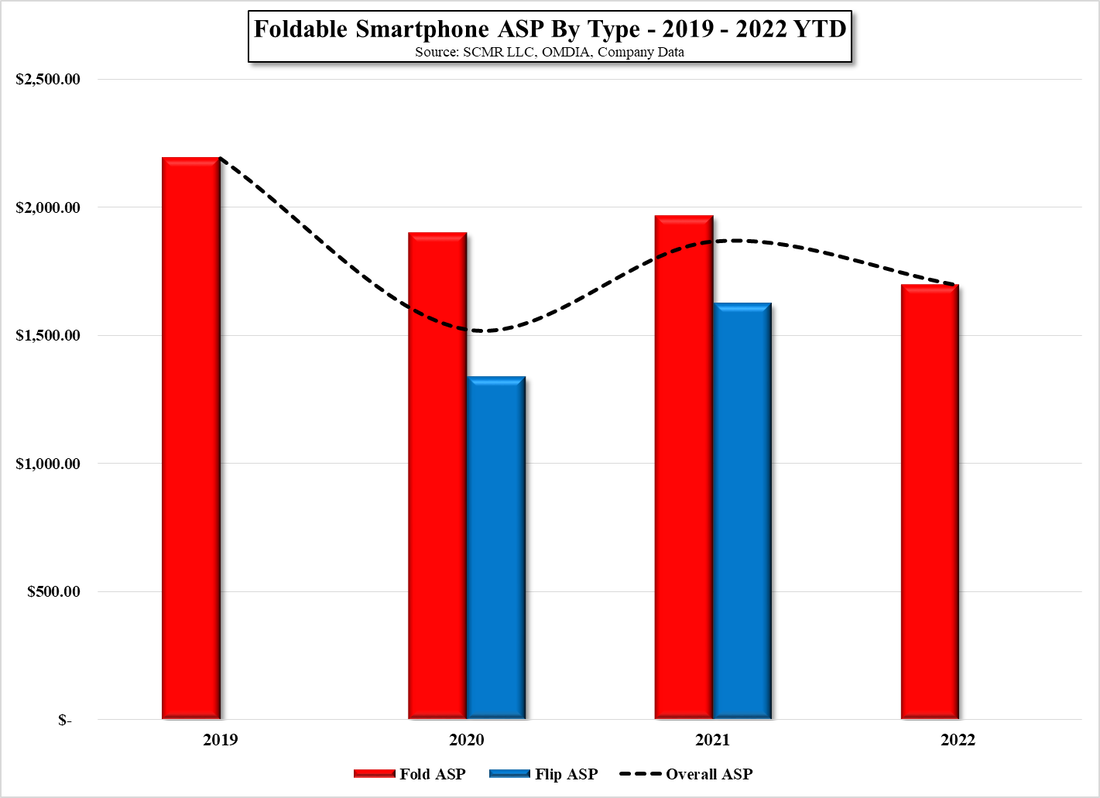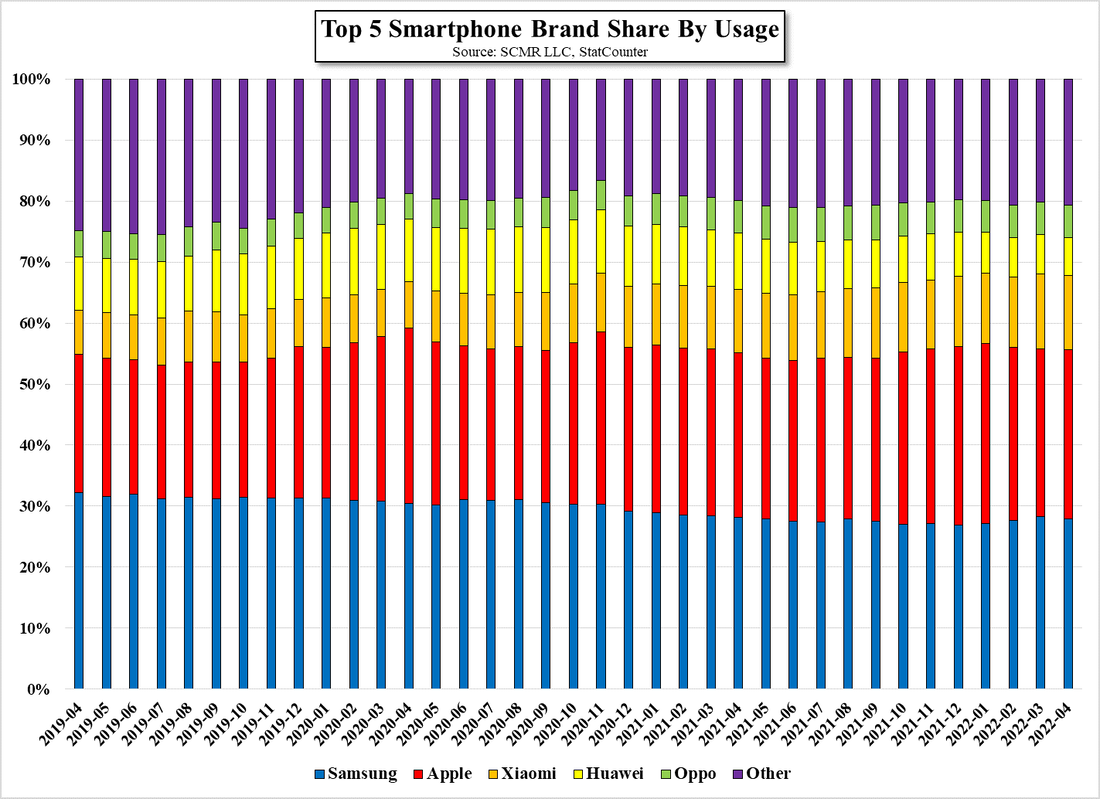Russia Still Wants CE
The Russian Trade Ministry stated that “Parallel import does not mean permission to import and circulate counterfeit goods in Russia - the products must be legally put into circulation from the country of import”, and added that customs services will be paid, although while the Russian government will consider such purchases to be legal, we expect the copyright and trademark holders will not see it the same way, and we expect that anyone selling such items into the Russian market will be tacking on some fairly hefty fees that will push prices up considerably.
The bigger question would be how closely CE companies will monitor the shipments of goods that have already been shipped to other countries that remain on friendly terms with Russia, and that would depend on each company and how much control they have over their own foreign subsidiaries and how respectful those subs are to corporate mandates. It is still going to be very difficult and likely expensive for Russian citizens to buy CE products from companies that have banned sales in Russia, but we expect a few iPhones and Samsung (005930.KS) TVs to make it across the Russian border for now. There are only so many Russians who will settle for a 2017 Yota phone.

















 RSS Feed
RSS Feed